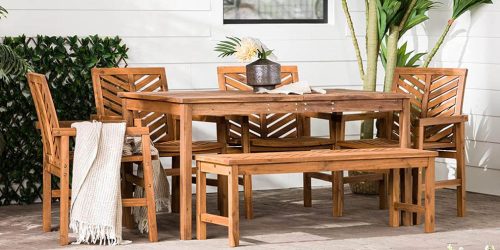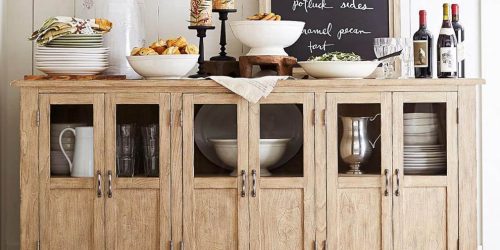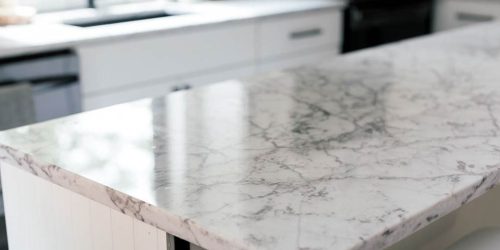Dining Room Design Inspiration: How to Use Color Combinations to Enhance the Dining Experience
The dining room is more than just a space where meals are eaten—it’s a place where people gather, connect, and share stories. Whether it’s a family dinner, a special occasion, or a casual gathering with friends, the ambiance of your dining room plays a significant role in the overall dining experience. One of the most powerful tools to create an inviting and stimulating atmosphere is color. Colors have the ability to evoke emotions, set the mood, and even influence appetite. In this article, we’ll explore how to use color combinations in your dining room to enhance your dining experience, creating a space that is not only functional but also visually appealing.
The Psychology of Color in Dining Spaces
Before diving into specific color combinations, it’s essential to understand how color affects human behavior. Each color can evoke a different emotional response, which is why it’s important to choose hues that align with the atmosphere you want to create. Here’s a breakdown of how various colors influence mood and behavior:
- Red: Known for its bold and energetic nature, red can increase heart rates and stimulate appetite. This is why red is often used in restaurants and kitchens. It fosters an environment of excitement and energy, which can be perfect for socializing and enjoying lively meals.
- Yellow: A warm, happy color, yellow is often associated with positivity and cheerfulness. It can stimulate conversation and create a welcoming, upbeat environment. However, too much yellow can cause stress, so it’s best used in moderation.
- Blue: Blue is calming and soothing, promoting relaxation and tranquility. While it might not be the first color that comes to mind when you think of dining spaces, a soft, muted blue can work well in creating a relaxed, sophisticated atmosphere. However, because blue is not known for stimulating appetite, it’s often best paired with warmer colors to balance the overall effect.
- Green: Green is the color of nature, symbolizing growth, freshness, and balance. It has a calming and rejuvenating effect and is believed to reduce stress. A rich, deep green in a dining room can create a sense of harmony, making it an ideal choice for both casual meals and more formal dining settings.
- Orange: Orange is another color that stimulates appetite and encourages conversation. It’s a warm, energetic color that can bring a sense of warmth to the space. Like red, it’s best used in moderation to avoid overwhelming the senses.
- Neutral Tones (Beige, Gray, White): Neutral colors like beige, white, and light gray offer a calming, balanced backdrop. They provide a sense of sophistication and can make other colors pop. Neutral tones are versatile and can work well with any style, whether you prefer modern minimalism or classic elegance.
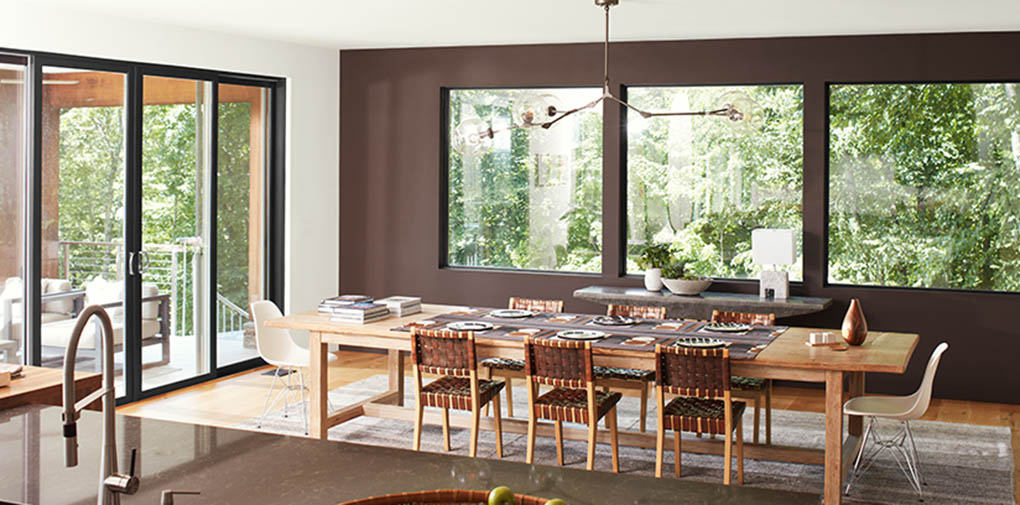
How to Use Color Combinations for a Balanced Dining Room
When combining colors for your dining room, it’s important to strike a balance between enhancing the dining experience and creating a visually pleasing space. Here are several color combinations that can work well in various dining room styles, along with the effects they create:
1. Red and White: A Classic and Energetic Combo
Red and white are a timeless pairing that creates an energetic and inviting atmosphere. Red stimulates appetite and promotes excitement, while white offers a clean, crisp contrast that keeps the space from feeling too overwhelming. This color combination works particularly well in more traditional or rustic dining rooms. A red accent wall, paired with white furniture and tableware, can create a vibrant yet balanced space that’s perfect for family meals or dinner parties.
- Tip: To avoid overpowering the room with red, use it sparingly—perhaps in an accent wall, artwork, or table linens. Keep the rest of the decor neutral to allow the red to stand out.
2. Soft Neutrals with Pops of Color: Elegant and Calming
For those who prefer a more subdued and sophisticated dining room, a palette of soft neutrals with occasional pops of color is a great choice. Light beige, off-white, and soft gray tones create a serene backdrop, while small touches of bold colors like deep green, gold, or navy blue can add a touch of elegance and interest. This combination is perfect for creating a calming and refined atmosphere that works well in formal dining rooms.
- Tip: Focus on neutral tones for larger surfaces like walls, floors, and furniture, and add accents of color through smaller items like chair cushions, placemats, or table centerpieces.
3. Yellow and Gray: Bright and Sophisticated
A pairing of yellow and gray can create a stylish and modern dining room that feels both cheerful and sophisticated. The vibrant energy of yellow can lift the mood, while the cool, calming nature of gray balances it out. This color combination is ideal for those who want to create a lively, yet still refined, atmosphere. Soft yellow walls paired with gray furniture and accessories can create a bright and airy environment that feels inviting for guests.
- Tip: Keep the yellow in soft, muted tones (like butter or pale lemon) to avoid overwhelming the space. Use darker gray tones for furniture or accents to add depth.
4. Blue and White: Calm and Timeless
For a tranquil and timeless dining room, blue and white is a classic and calming color combination. Blue, particularly in soft, muted shades like powder blue or navy, creates a peaceful atmosphere, while white adds brightness and a sense of space. This combination works well in coastal-inspired or minimalist dining rooms, evoking a serene environment that promotes relaxation and calm.
- Tip: Use blue as an accent color in accessories like chair cushions, vases, or artwork. White walls and furniture provide a clean, open feel, ensuring the room doesn’t feel too heavy.
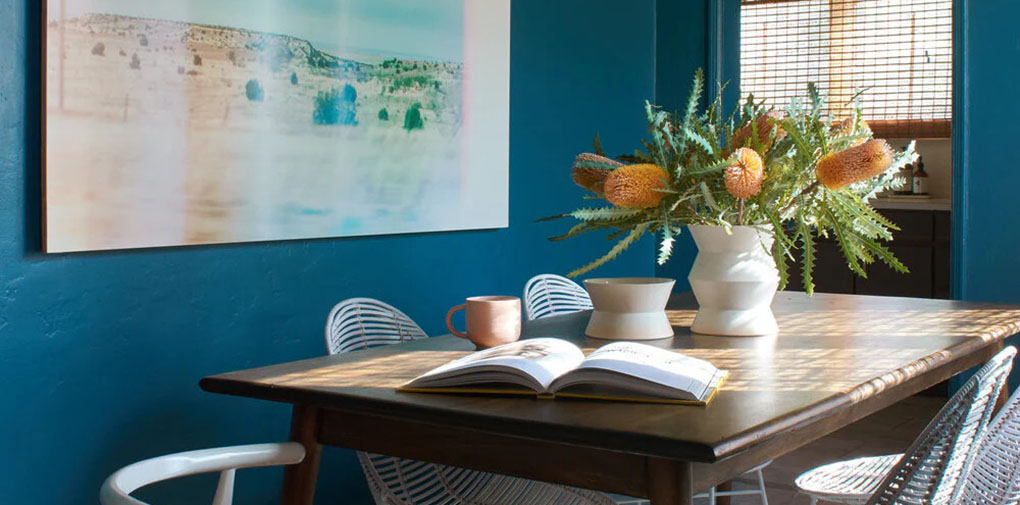
5. Green and Wood Tones: Nature-Inspired and Relaxing
Green is often associated with nature, and when combined with wood tones, it creates a calming, earthy environment that connects the indoors with the outdoors. This combination works particularly well for more organic or rustic dining room styles. A deep forest green accent wall or green dining chairs, paired with wooden furniture and natural textures, can create a relaxed, welcoming space that feels grounded and rejuvenating.
- Tip: Use varying shades of green to add depth to the room, but keep the wooden tones consistent to maintain harmony. Light wood works well with soft greens, while dark wood pairs nicely with deeper green shades.
6. Orange and Charcoal: Warm and Inviting
Orange and charcoal gray might seem like an unusual combination, but when used correctly, it can create a striking, modern look that feels warm and inviting. The warmth of orange stimulates appetite and encourages conversation, while charcoal gray provides a sophisticated, grounding balance. This combination works well in contemporary or industrial-style dining rooms, where you want to create a bold statement.
- Tip: Use orange in small doses, such as in artwork, table settings, or a feature wall, while using charcoal gray for larger elements like the dining table, chairs, or flooring.
The Role of Lighting in Color Perception
When designing your dining room, it’s also important to consider how lighting affects the way colors appear in the space. Natural light can make colors look vibrant and fresh, while artificial lighting can create a warmer, more intimate ambiance. Layering different types of lighting—such as overhead lighting, pendant lights, and accent lighting—can help to enhance the colors in your dining room and create the desired mood.
- Tip: Warm-toned lighting, like yellow or soft white bulbs, can complement warm colors like red, yellow, and orange, creating a cozy atmosphere. For cooler colors like blue and gray, cooler lighting such as daylight bulbs can enhance their calming effect.
The Impact of Color on Dining
Color is a powerful tool that can transform your dining room into a space that not only reflects your personal style but also enhances the overall dining experience. By thoughtfully selecting color combinations, you can create a dining environment that fosters conversation, stimulates appetite, and promotes relaxation. Whether you choose bold and vibrant colors or soft and neutral tones, the key is to find a balance that aligns with the mood and function you want to achieve in your dining space. With the right color scheme, your dining room can become the perfect setting for memorable meals and meaningful gatherings.



